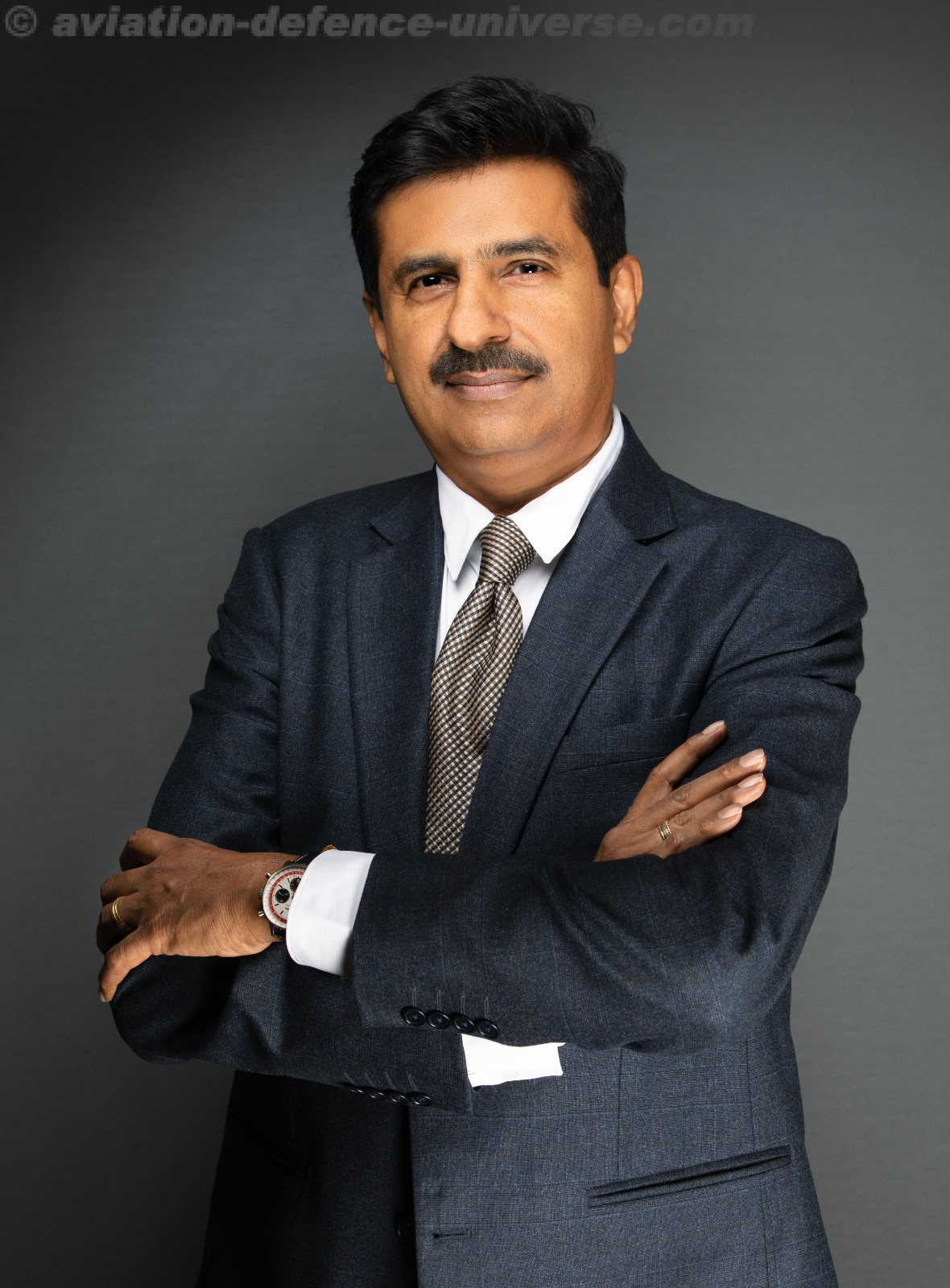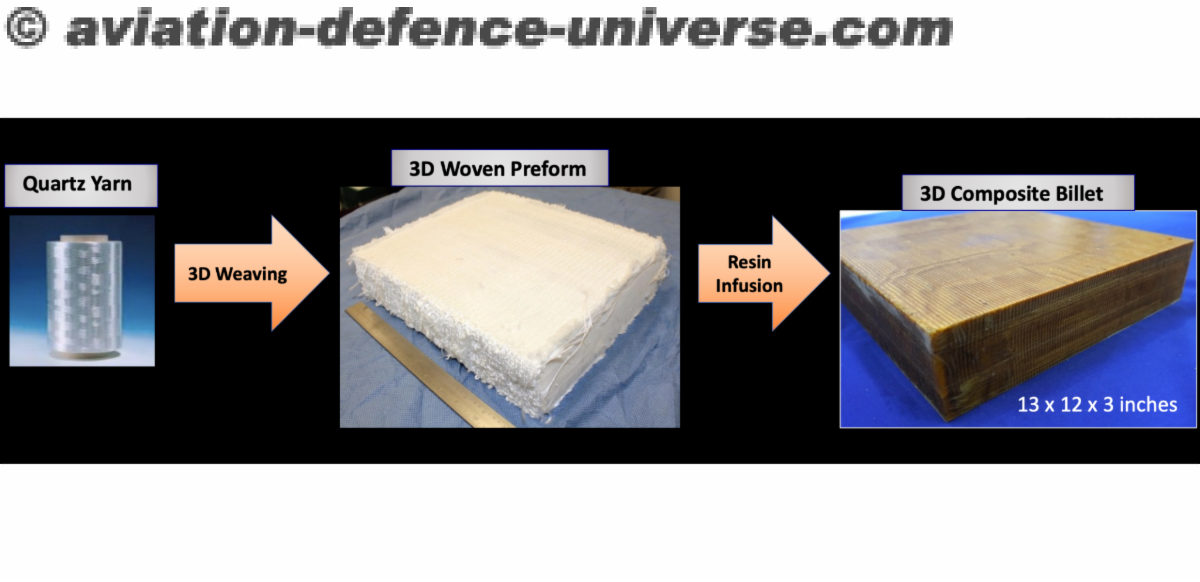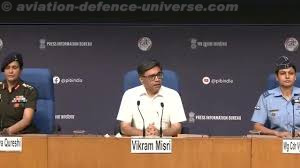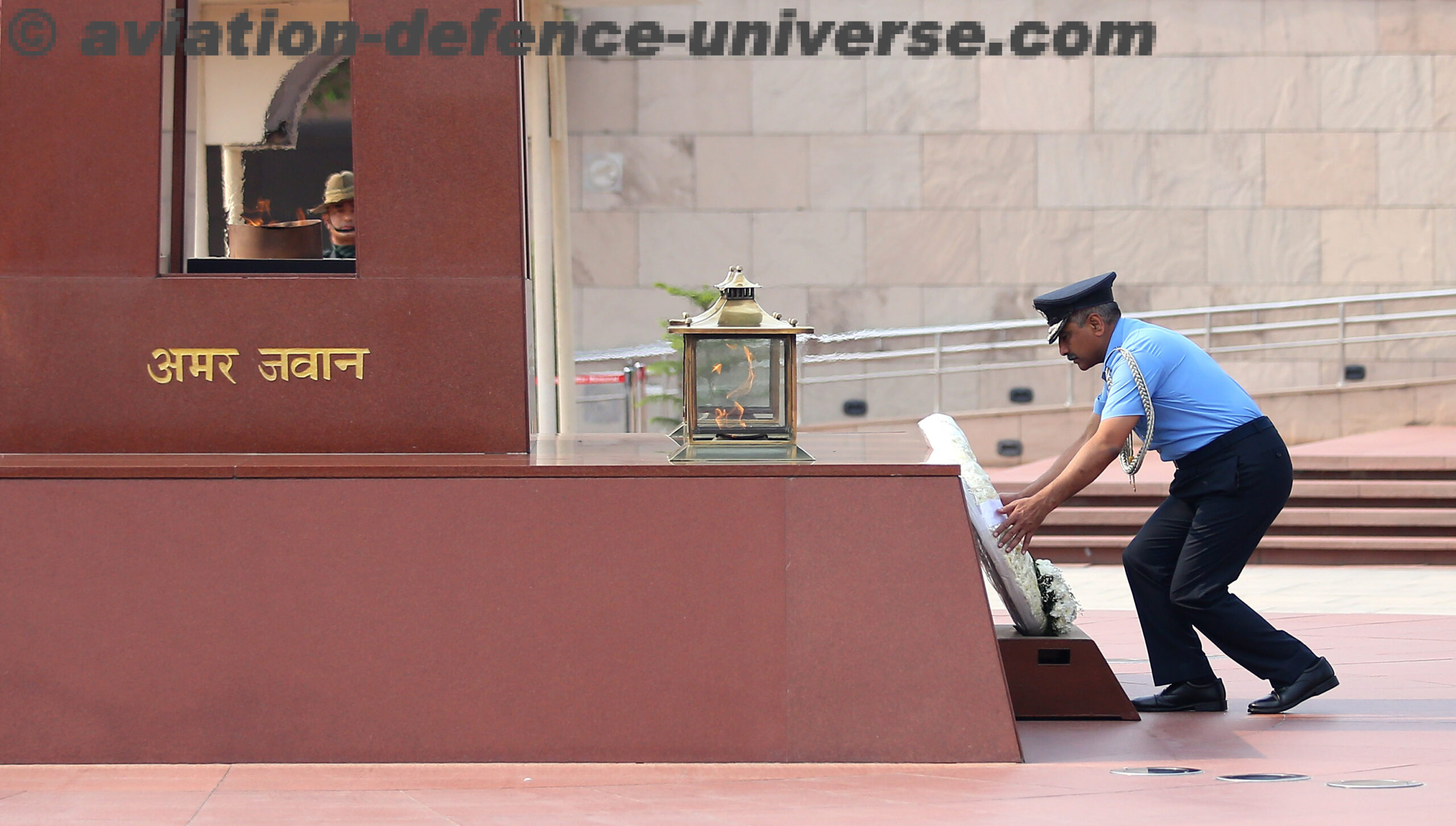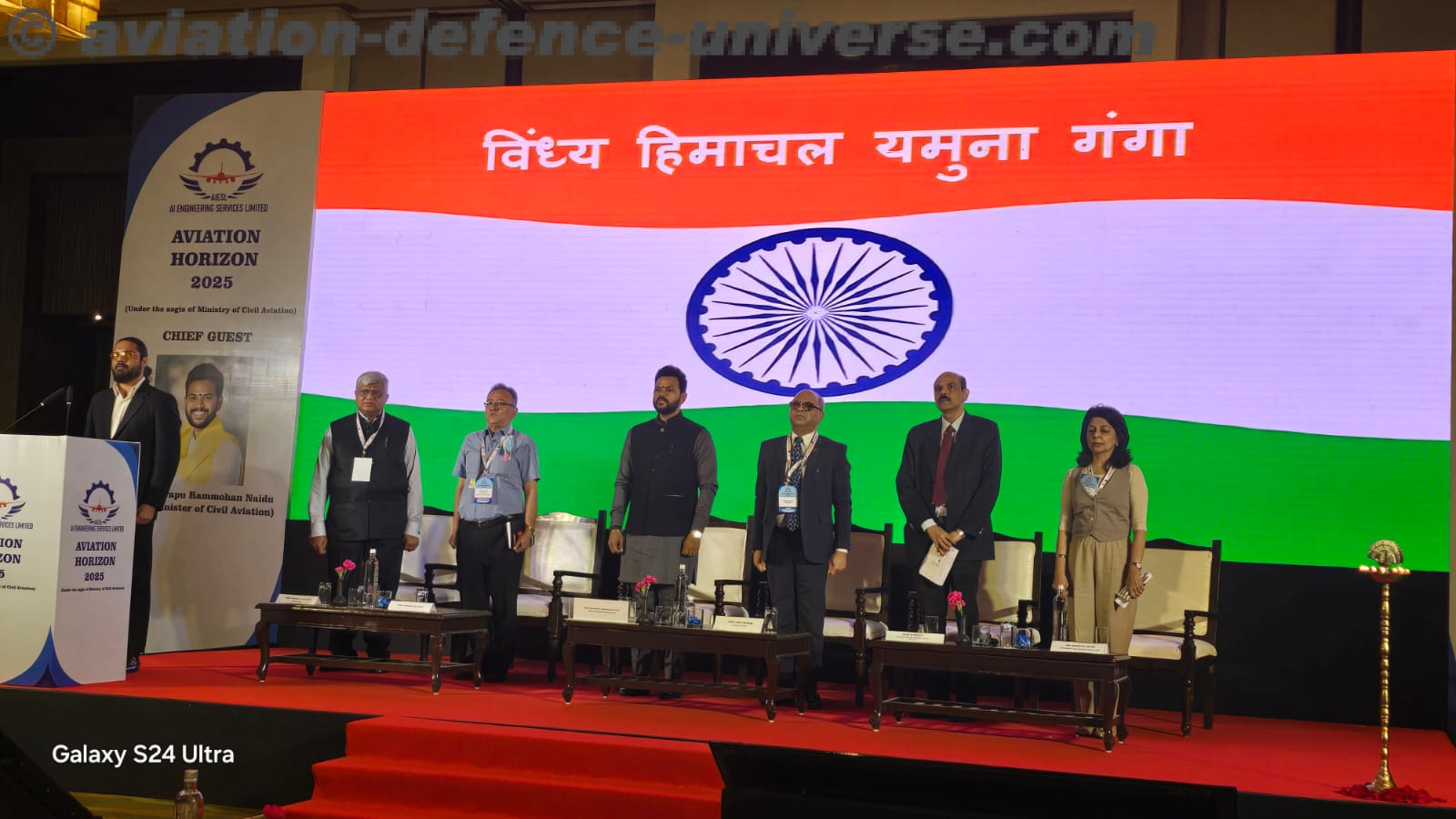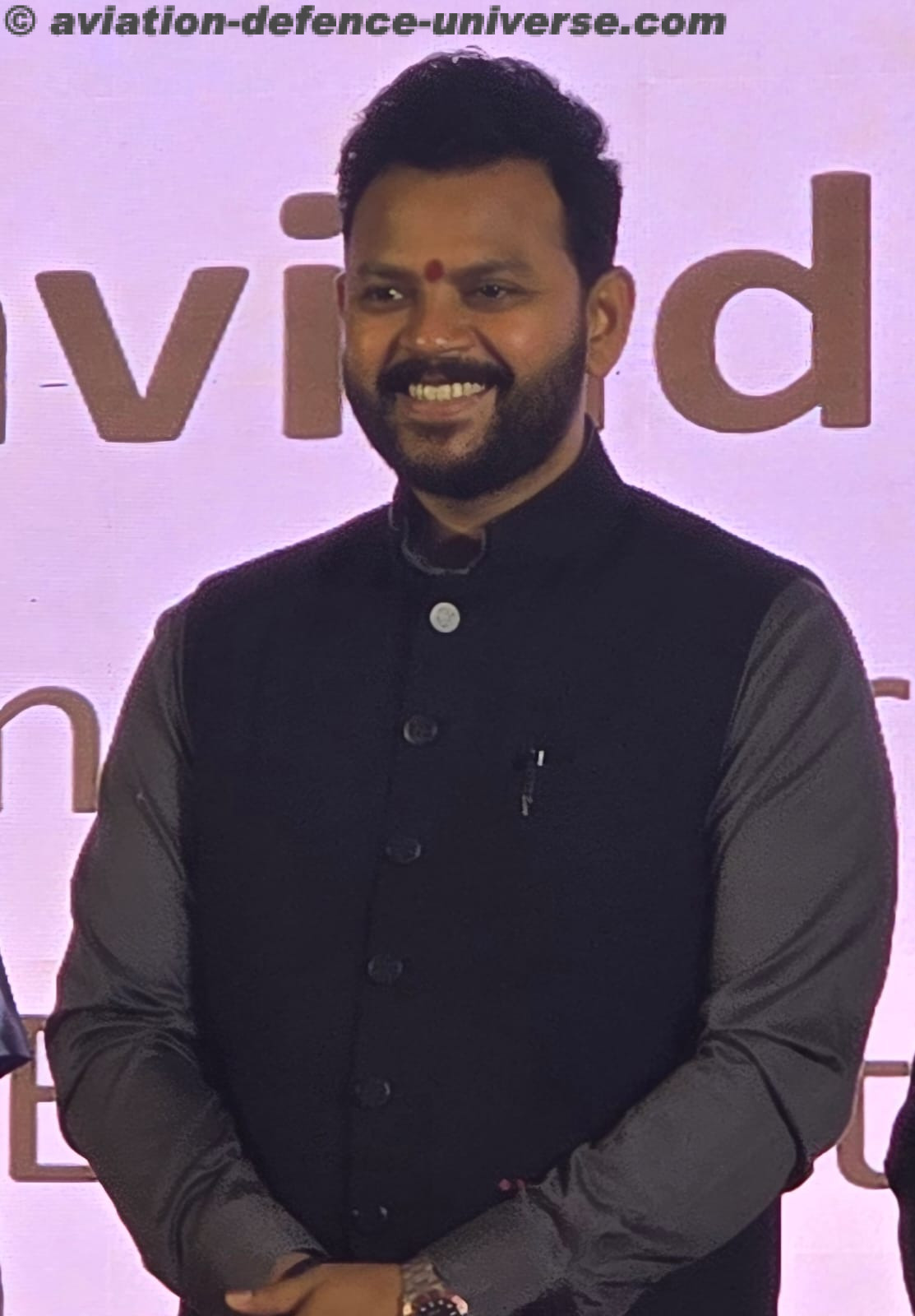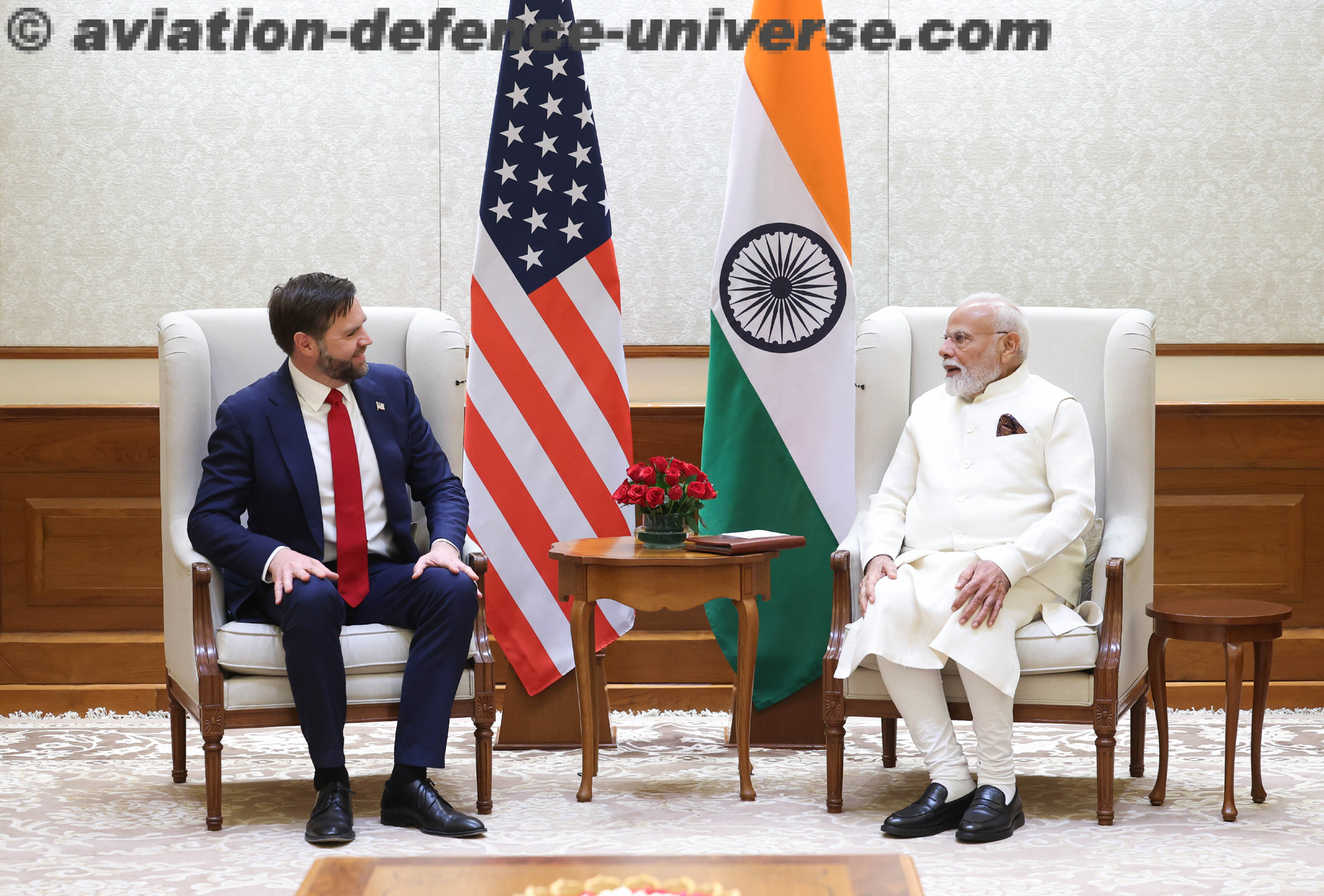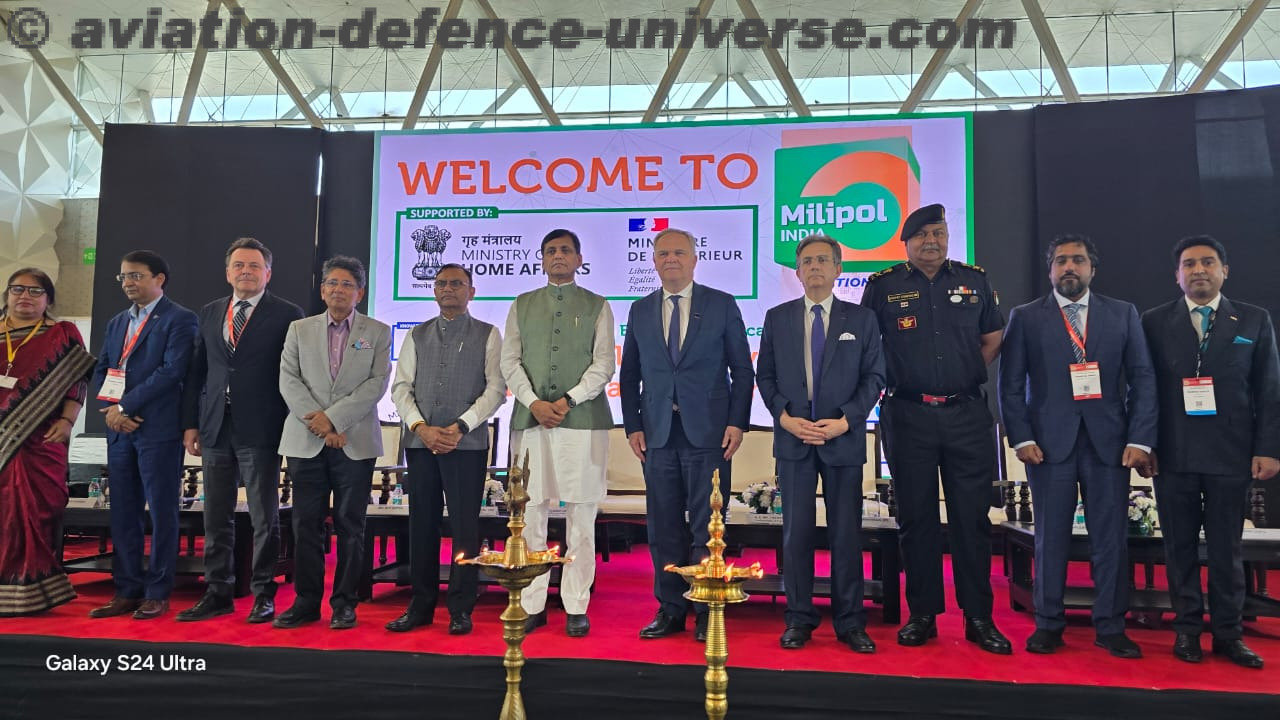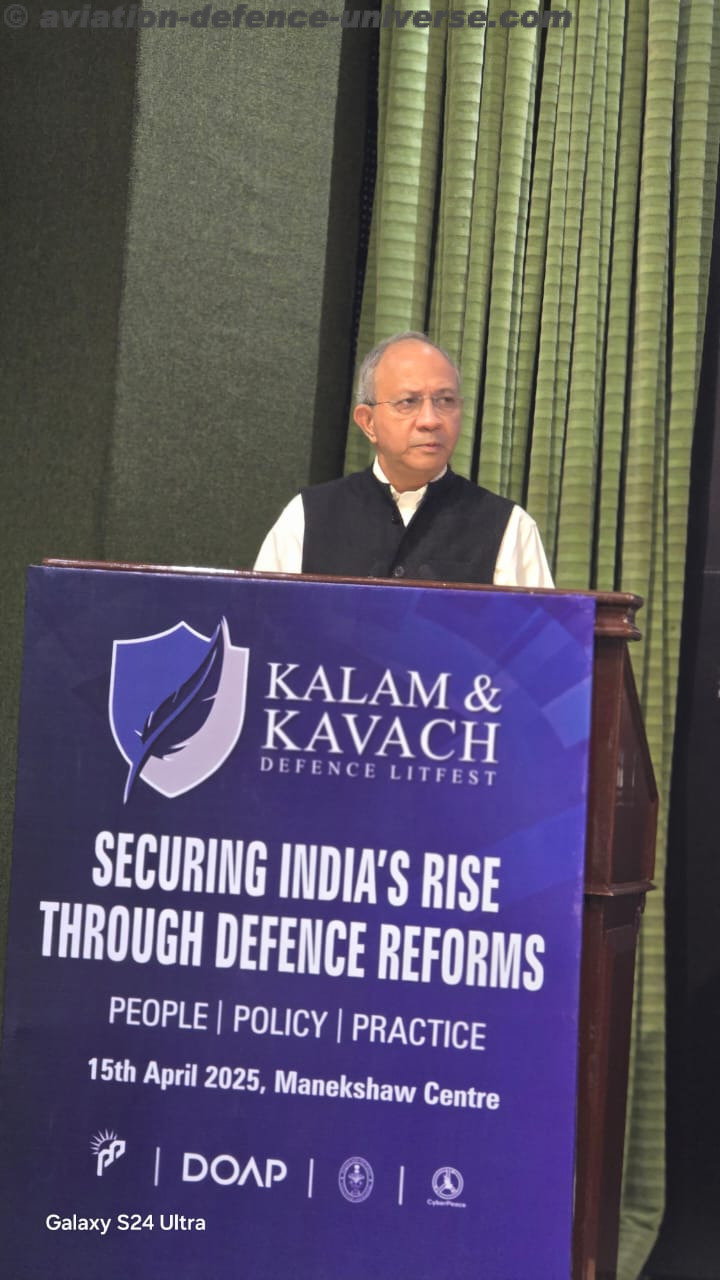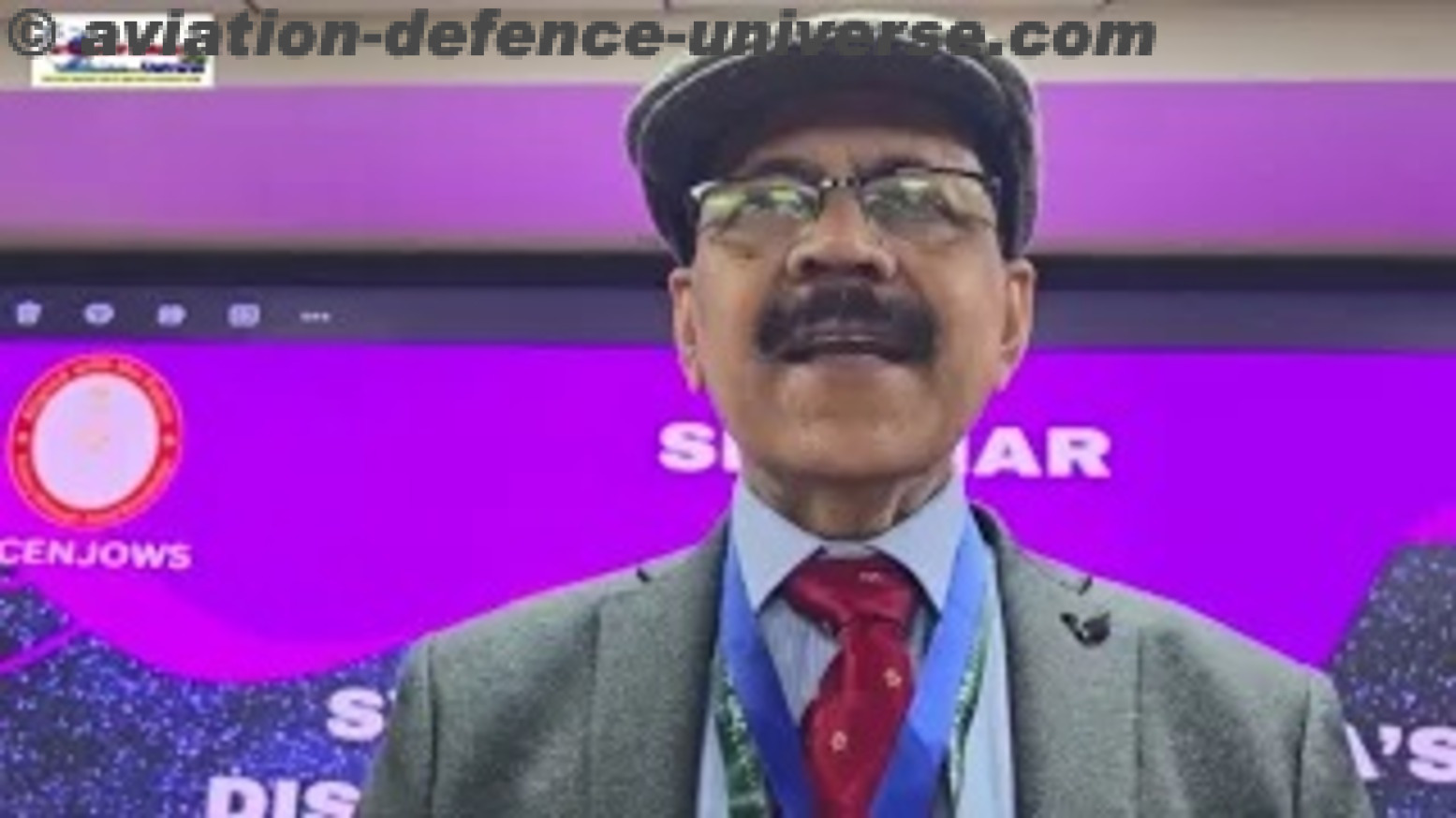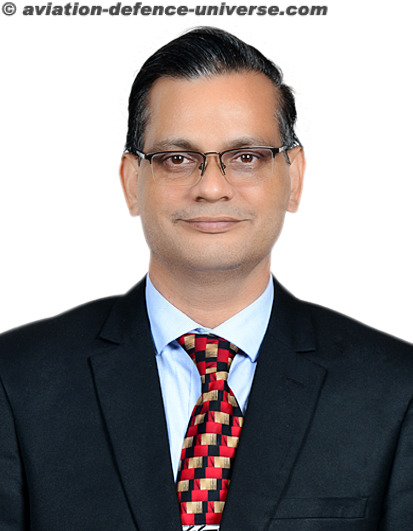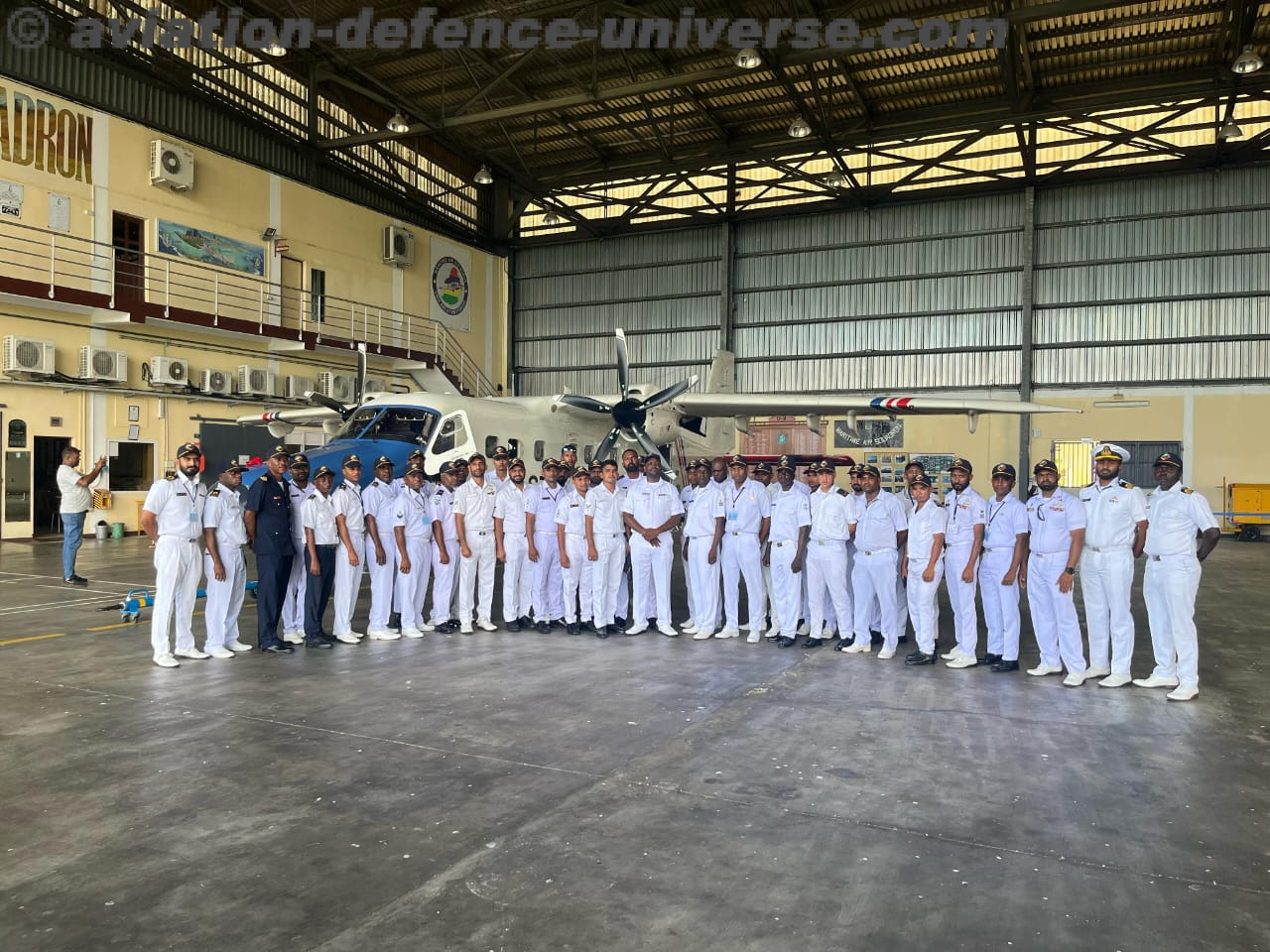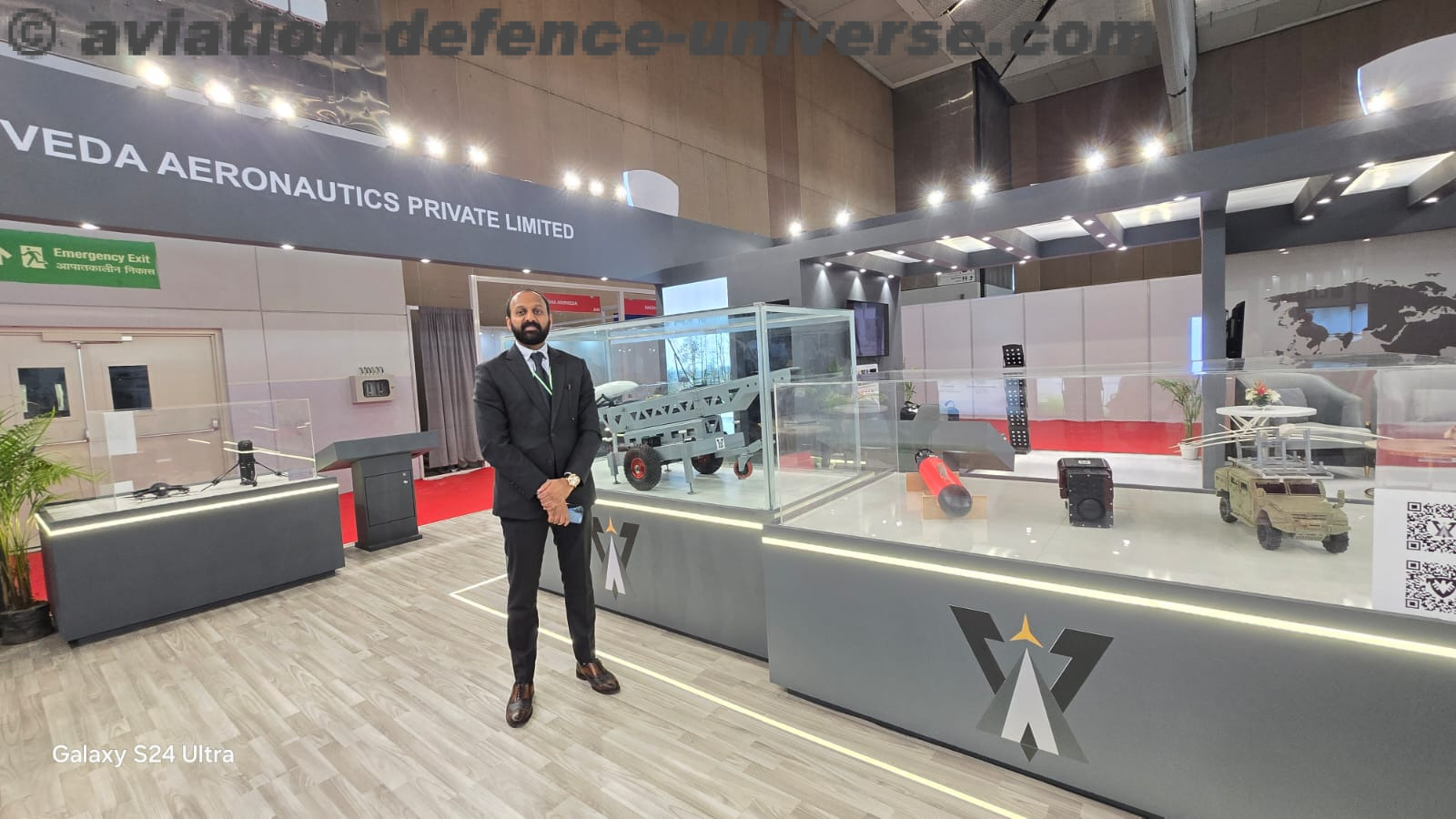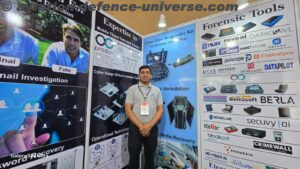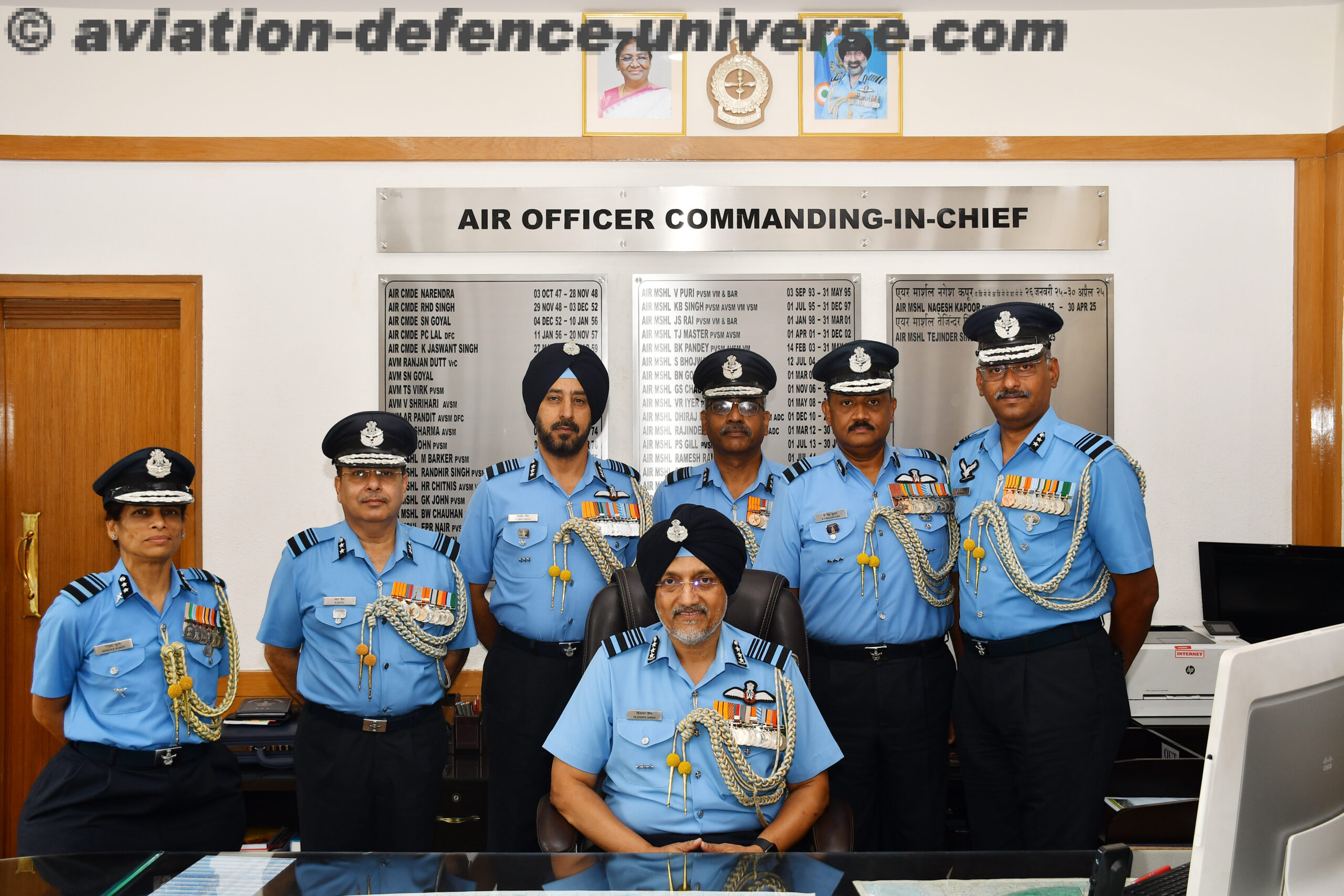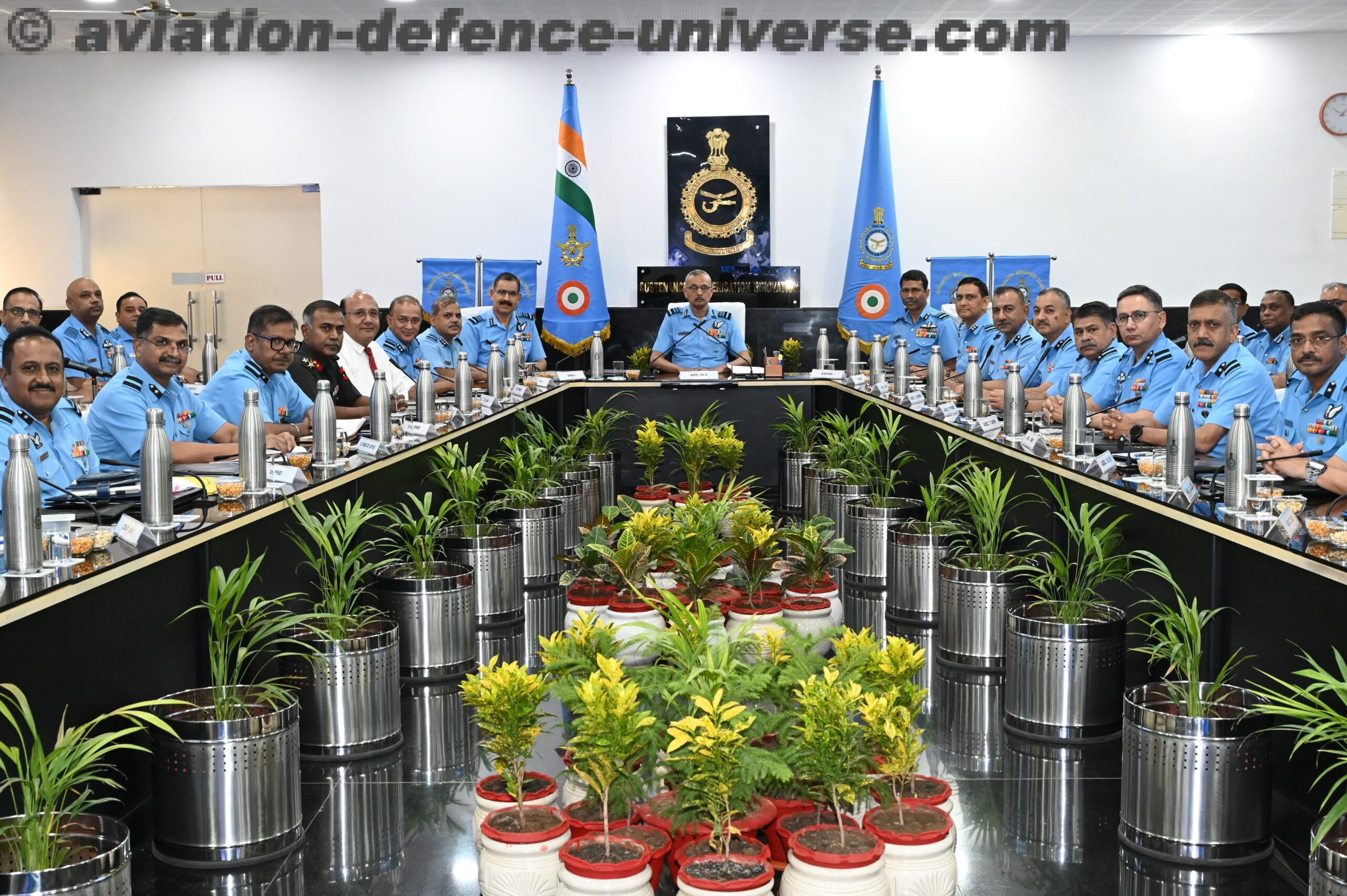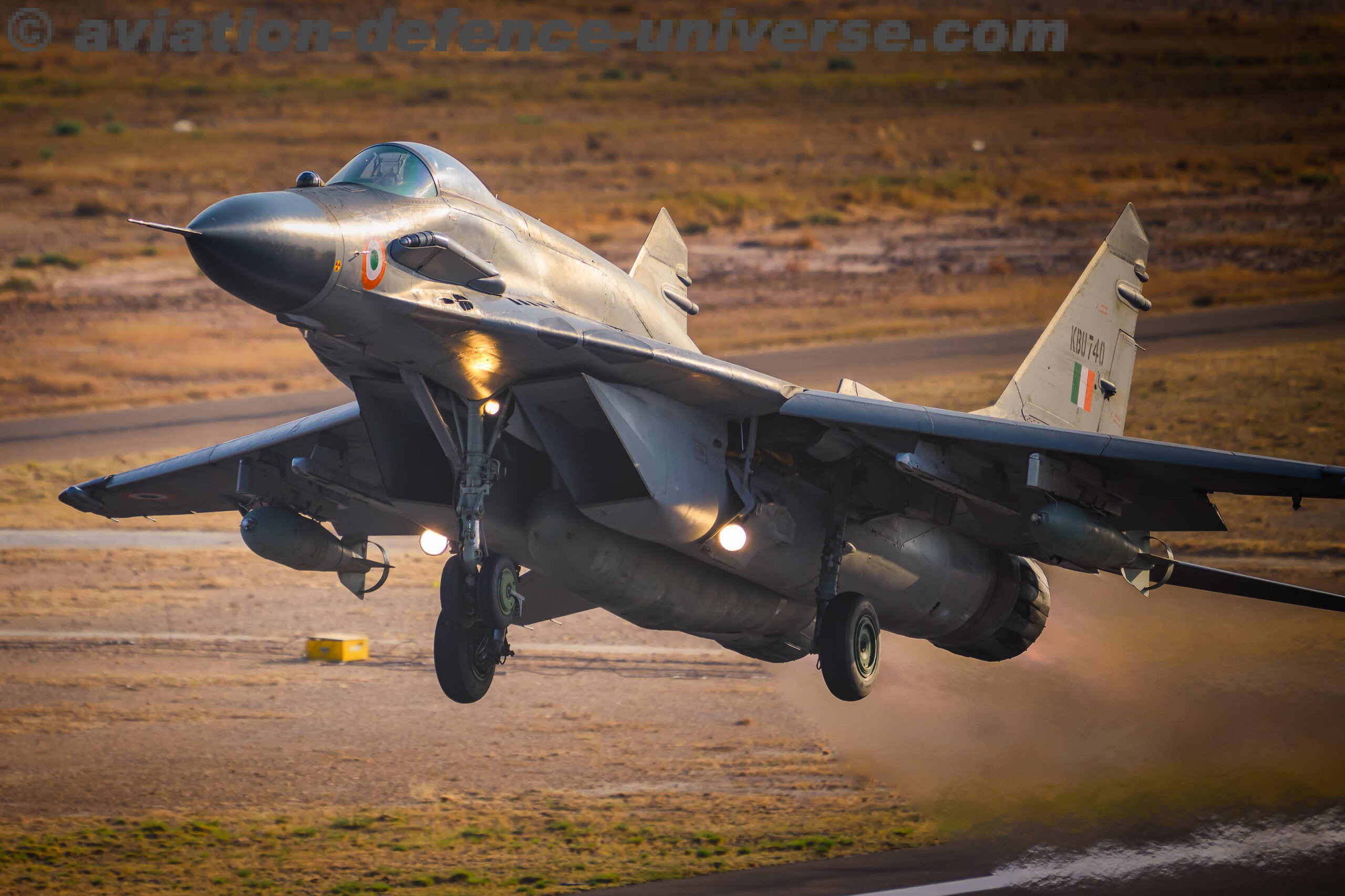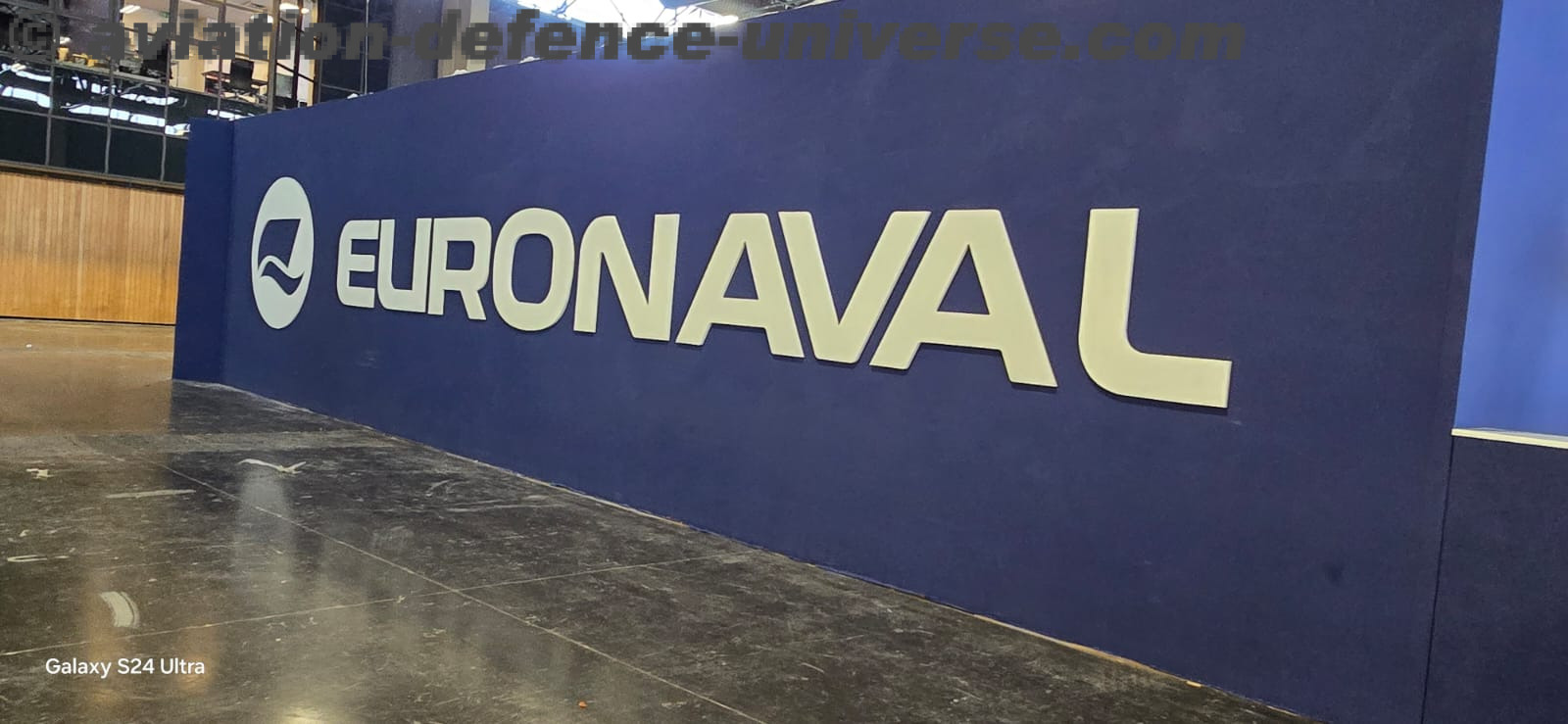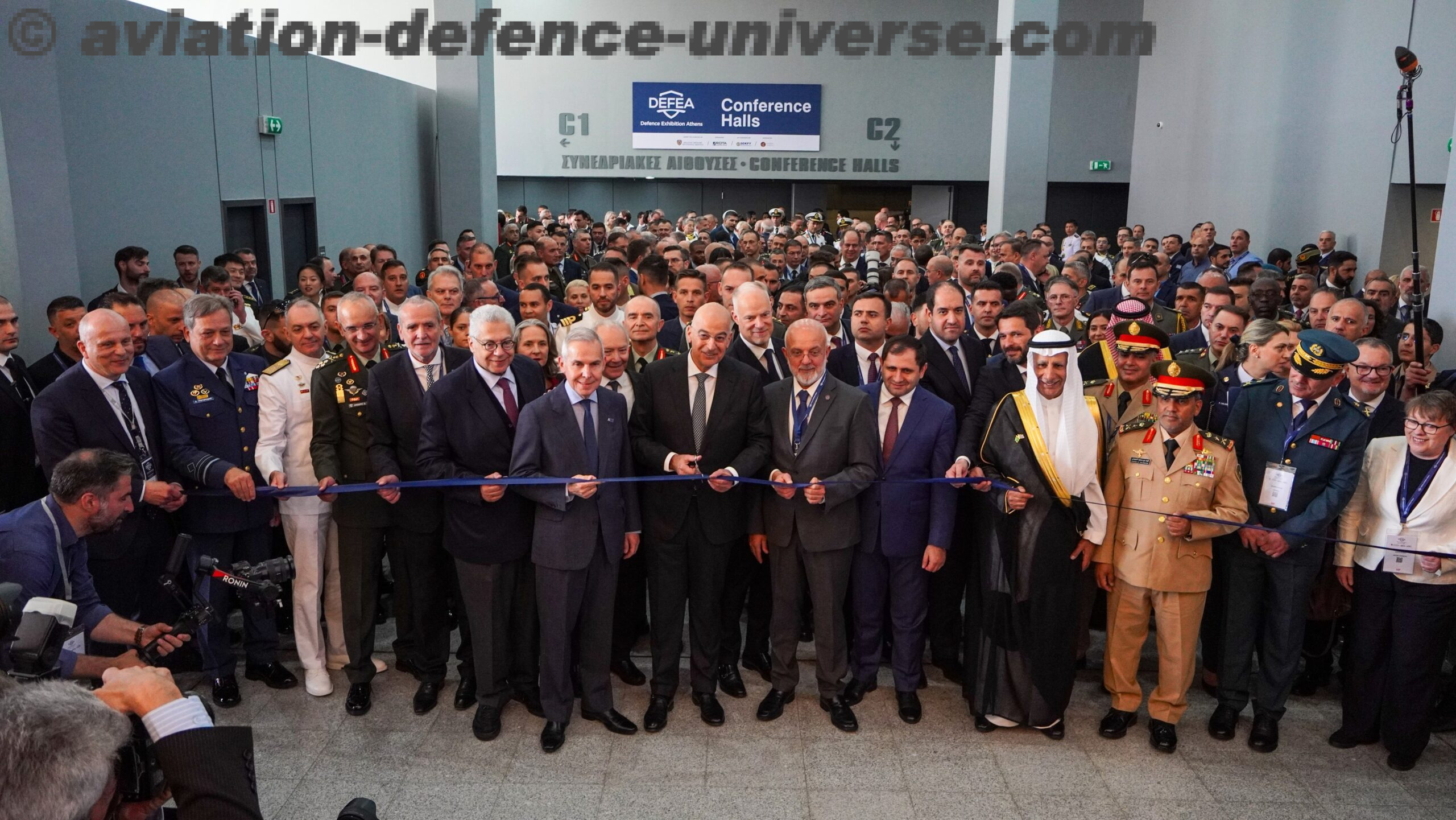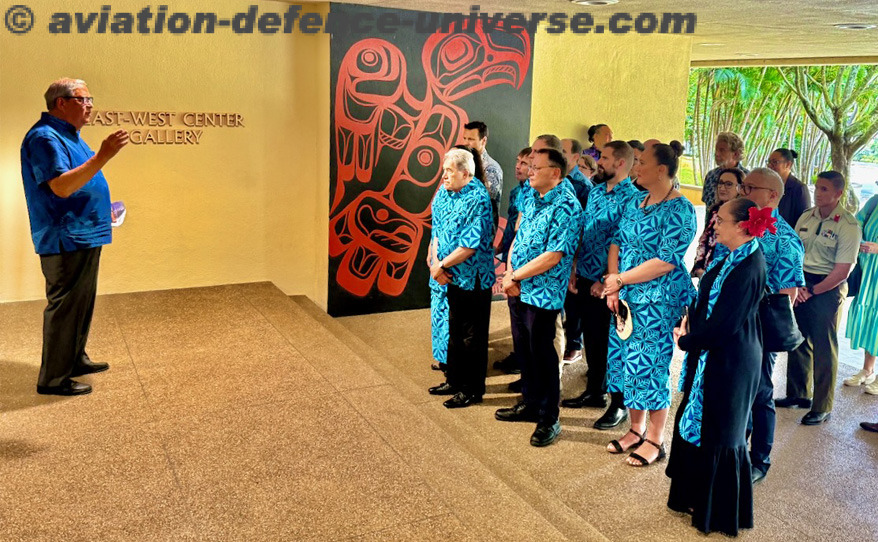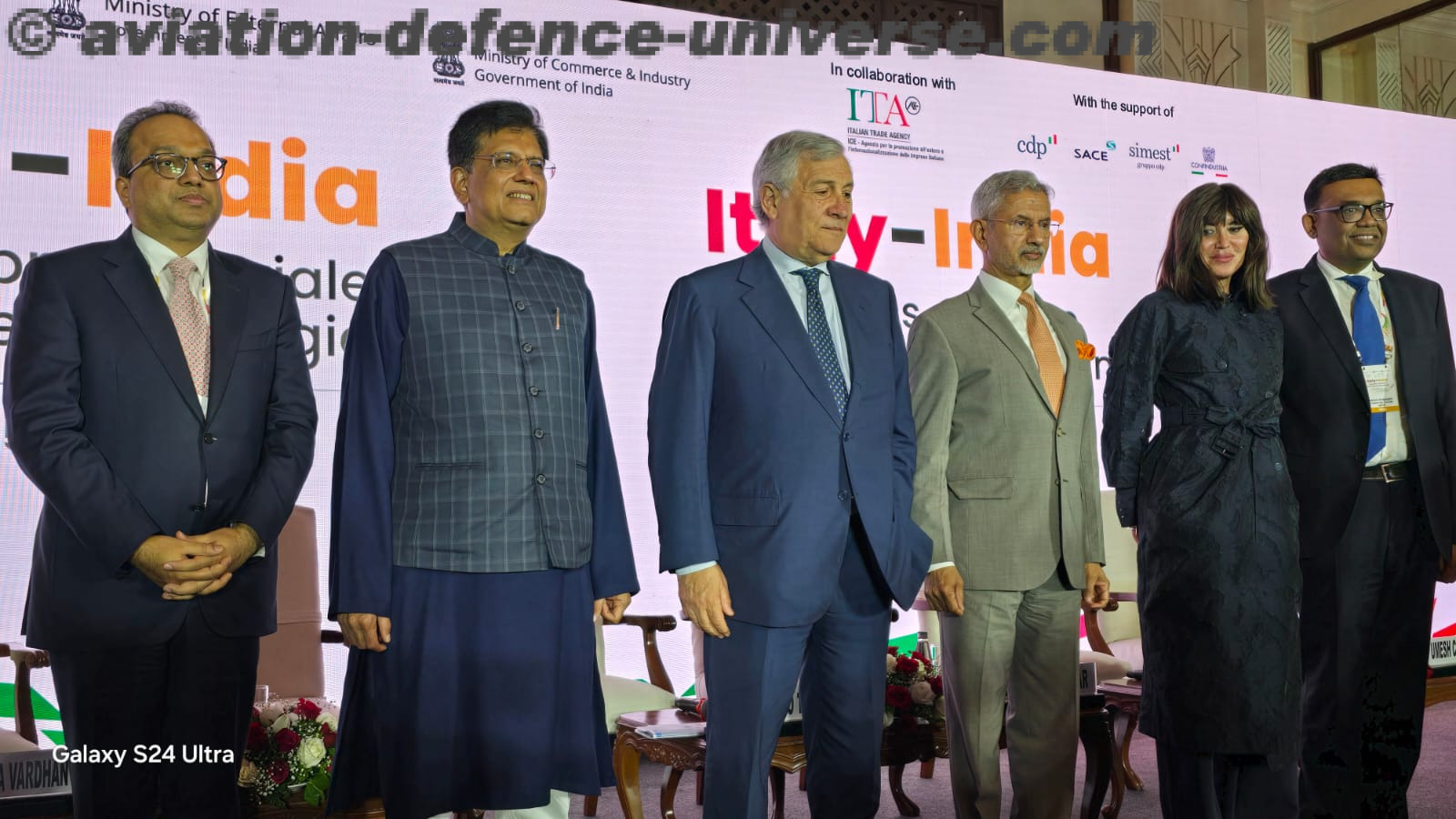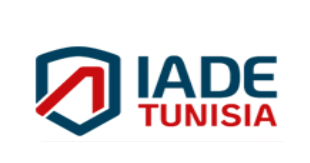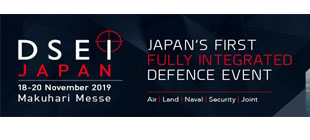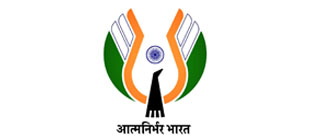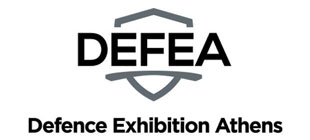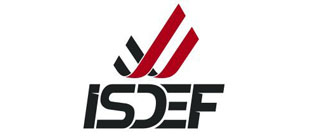- MD Dipesh Gupta on Swadeshastra, Anti-Drone Tech, and R&D-Led Innovation
- Zero Chinese, 60% Make in India
By Sangeeta Saxena
New Delhi. 06 May 2025. In today’s rapidly evolving battlefield environment, Unmanned Aerial Vehicles (UAVs) have become indispensable assets for armed forces worldwide. Their ability to conduct real-time surveillance, precision strikes, target acquisition, and tactical reconnaissance without endangering personnel has revolutionised the concept of combat operations. The recent conflicts, particularly in Ukraine and West Asia, have shown how low-cost, high-impact drones and loitering munitions can neutralise sophisticated defence systems and shift battlefield dynamics. In parallel, High-Altitude Pseudo-Satellites (HAPs)—also known as solar-powered stratospheric platforms—are emerging as a critical element in strategic ISR (Intelligence, Surveillance, and Reconnaissance) missions. Positioned in the stratosphere at altitudes above commercial air traffic and below satellites, HAPs offer persistent surveillance capabilities over a large area for weeks or even months at a time. This makes them ideal for border monitoring, disaster response, communications relays, and electronic warfare support.
 At Milipol India 2025, ADU met with Dipesh Gupta, Managing Director of Veda Defense Systems Private Ltd., a company making waves in India’s indigenous defence technology landscape. In just four years, Veda has grown into a formidable player, delivering advanced unmanned systems, anti-drone solutions, and battlefield electronics for the Indian Armed Forces. From flagship UAVs under the Air Force’s Meher Baba programme to futuristic high-altitude pseudo-satellites (HAPS), Veda Defense’s journey is rooted in high-impact R&D and a steadfast commitment to the “Make in India” vision.
At Milipol India 2025, ADU met with Dipesh Gupta, Managing Director of Veda Defense Systems Private Ltd., a company making waves in India’s indigenous defence technology landscape. In just four years, Veda has grown into a formidable player, delivering advanced unmanned systems, anti-drone solutions, and battlefield electronics for the Indian Armed Forces. From flagship UAVs under the Air Force’s Meher Baba programme to futuristic high-altitude pseudo-satellites (HAPS), Veda Defense’s journey is rooted in high-impact R&D and a steadfast commitment to the “Make in India” vision.
ADU. We’re here at Milipol, and Veda has a significant booth presence. What are you showcasing at the event?
Dipesh Gupta. We are showcasing several systems. Our flagship product is the Swadeshastra Mark 1, a long-range UAV, for which we’ve already won a contract under the Indian Air Force’s Meher Baba programme. Deliveries are underway—the first batch is done, and we’re now dispatching the next lot. The initial contract was for 200 systems, and we’re already working on enhancing its attack profile to meet further Air Force requirements.
ADU. What developments are underway with the Army and Navy?
Dipesh Gupta. We’re developing a canister-launched loitering munition, which was submitted for the Indian Army’s BMP platform under an RFP. We’ve begun prototyping. Then, we have our hard-kill anti-drone solution called the Interceptor, selected for a Make-II drone kill system proof-of-concept by the Army. It’s an integrated platform involving radar, vision, and explosive-guidance systems to guarantee 100% destruction. We’re also working on FPV drones inspired by operational learnings from Ukraine. For the Navy, we’re designing an underwater decoy, eventually evolving it into a mini attack drone. It builds on our swarm drone and long-range communication expertise.
ADU. What role is Veda playing in ISR and aerospace innovation?
Dipesh Gupta. We’re deeply involved in the Indian Air Force’s High-Altitude Pseudo Satellite (HAPS) programme. We’ve partnered with UAE-based Mira Aerospace in a joint development effort. The HAPS platform will offer persistent ISR, communication relay, and strategic surveillance capabilities for the IAF.
ADU. Are you also working on infantry-centric systems?
Dipesh Gupta. Yes. One key project is the Night Sight Capability for the AGS, which began under a Make-II initiative. Out of more than 10 contenders, only three were shortlisted for prototype development. An RFP for 800 units has been issued, and Veda is among the frontrunners. Our product—Veda X Fire Control System—allows a user to locate, aim, and determine hit probability at the press of a button, though it’s still a man-in-the-loop system for final action.
 ADU. Let’s talk about homeland security—paramilitary and police forces.
ADU. Let’s talk about homeland security—paramilitary and police forces.
Dipesh Gupta. We’re introducing the Gunshot Detection System developed in partnership with French firm MECRABEL. This tech detects gunfire direction and origin instantly, enhancing soldier survivability. It’s being localised for Indian use and aligns with Make in India. It will serve Army vehicles with RWS, paramilitary units, and state police. We’re also technical partners for Simunition, a General Dynamics-manufactured training ammunition from the US. It’s highly sophisticated, safe, and we aim to produce all conversion kits in India once demand scales.
ADU. Where are your facilities, and how “Indian” is your supply chain?
Dipesh Gupta. Our facility is in Greater Noida. Over 60% of our components are indigenous, sourced from MSMEs and startups. No Chinese content. We prefer sourcing from Europe, the US, and friendly nations. Our design philosophy is to stay cutting-edge and ahead of the curve. That’s only possible if you’re not dependent on compromised sources.
ADU. Are there any export plans in the offing?
Dipesh Gupta. Exports are not our current priority—India comes first. The Indian user base is experienced, demanding, and operationally sharp. That’s who we build for. However, we’re engaging with the EDGE Group in the UAE and exploring some co-development and export opportunities. Latin America and Africa could also be future markets, but only when we are ready.
ADU. R&D seems central to your operations. Tell us more.
Dipesh Gupta. We have a strong R&D division and an exceptional technical team. Our market research team constantly analyses global trends to ensure we are either on par with or ahead of global standards. Our Veda X Fire Control System was built with the intent to match top Western counterparts in capability. We don’t believe in cutting corners. We invest heavily in building systems that are differentiated, futuristic, and rooted in real operational needs.
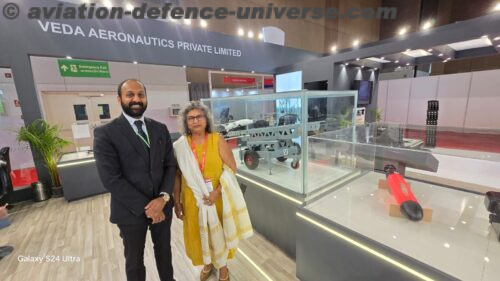
ADU. How old is the company now? And any message you’d like to close with?
Dipesh Gupta. Veda Defense Systems is just under four years old. We’ve grown quickly, but responsibly. Government support—especially under Make-II and startup initiatives—has helped, but more handholding is needed for startups to enter complex programmes. We believe in being pushed into the deep end—that’s how we thrive. But the transition from prototype to serial production is still a major hurdle for most startups. That’s where we want the ecosystem to evolve.
Veda Defense Systems, under the leadership of Dipesh Gupta, exemplifies India’s new-age defence tech startups—rooted in R&D, driven by indigenous solutions, and strategically cautious about exports. Whether it’s a long-range UAV, HAPS platform, or advanced fire control system, Veda’s products are built with a deep understanding of battlefield needs. As Gupta sums up, “We don’t follow the curve. We stay ahead of it.”
As told to Sangeeta Saxena


